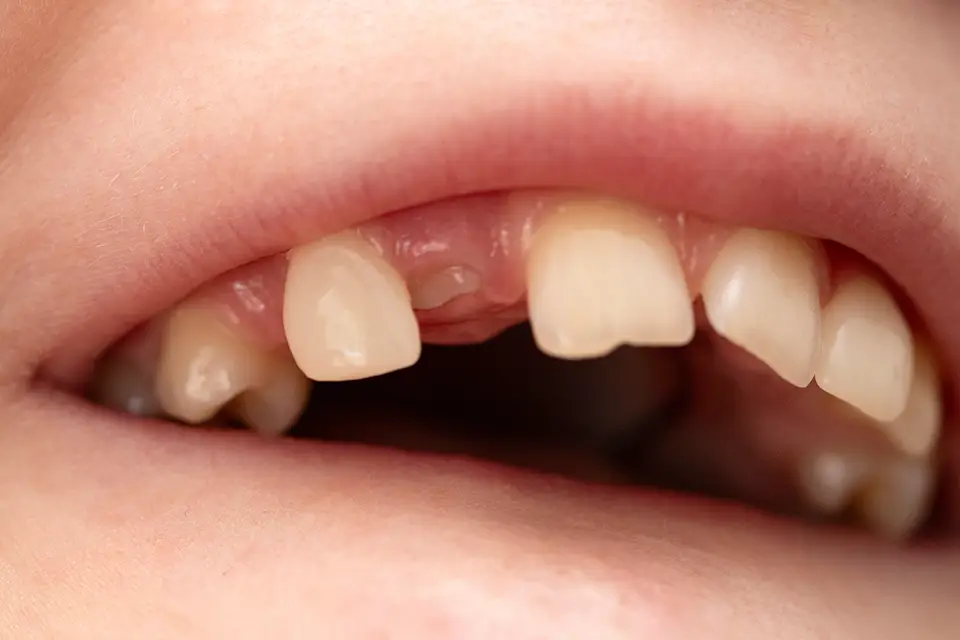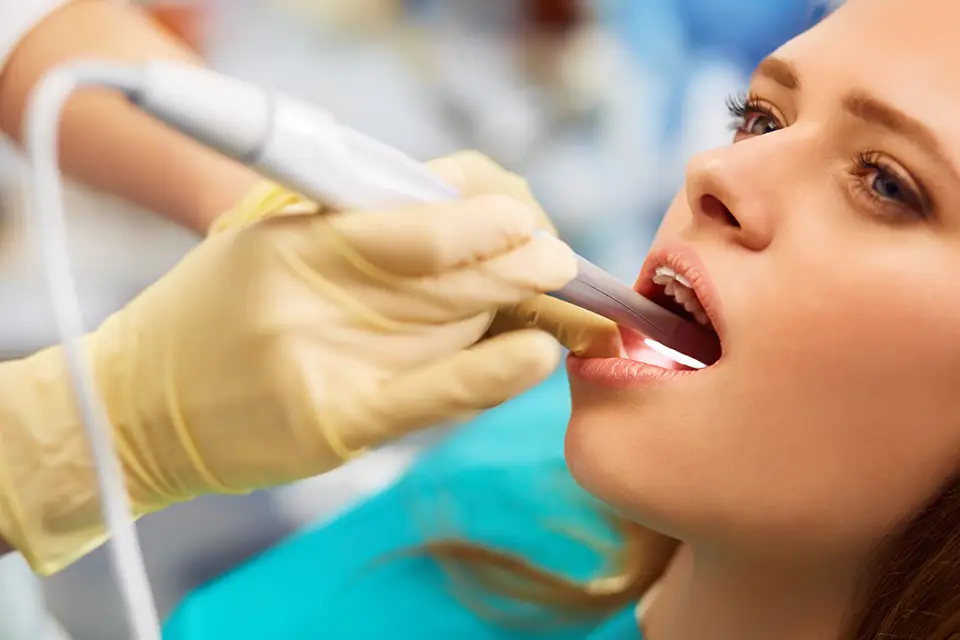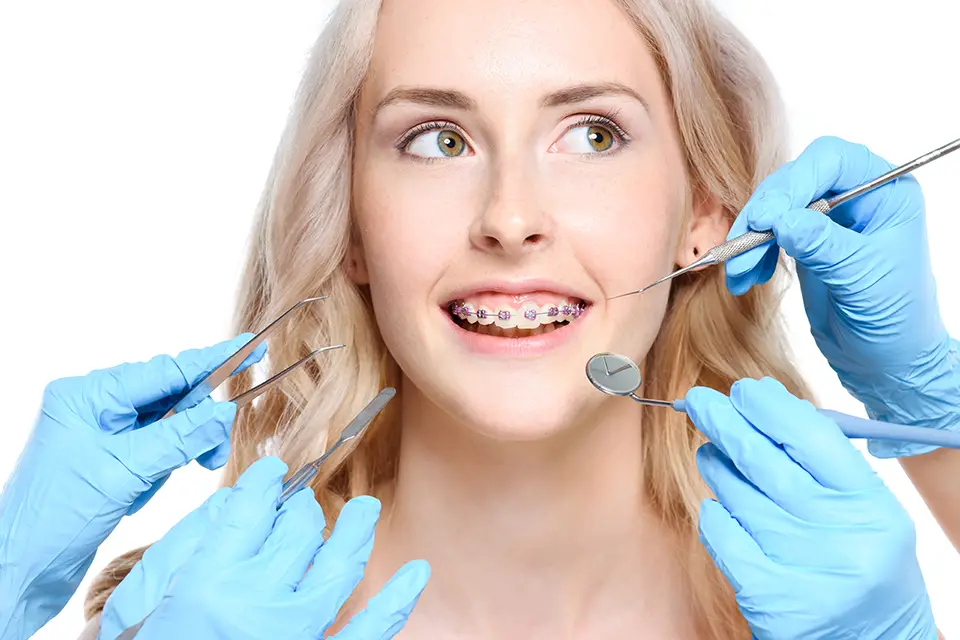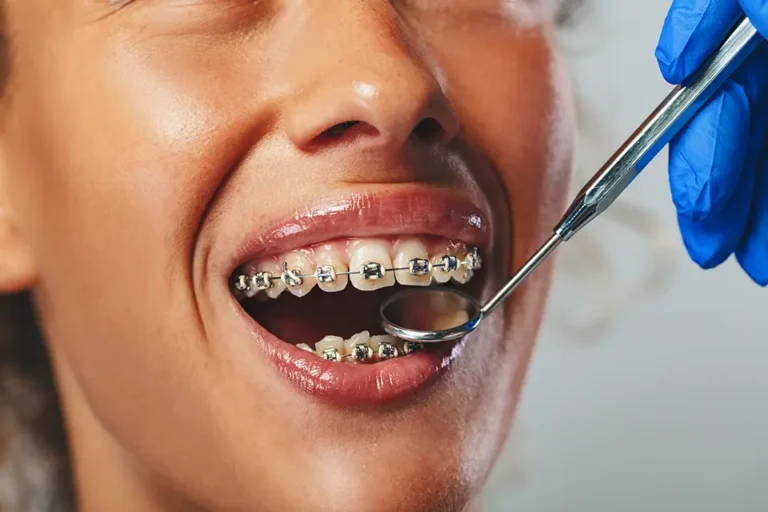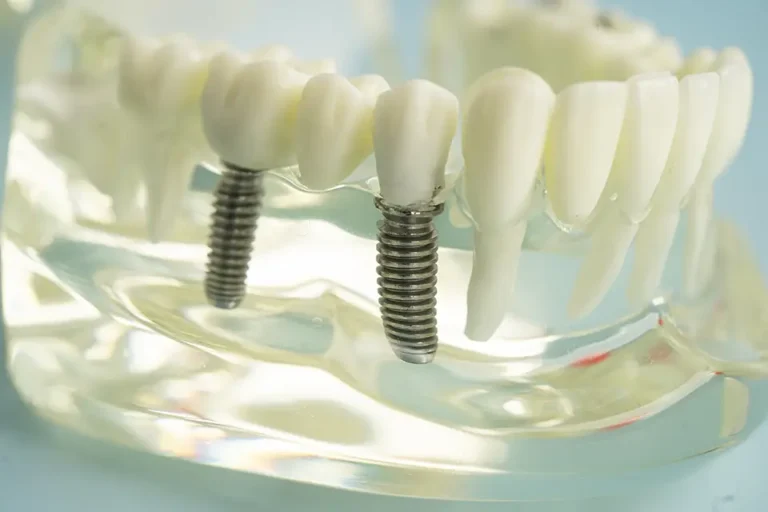The cost of braces can be significant, but with the possibility of medical insurance coverage, it can become more manageable. Many families are unaware that their insurance plan may assist in offsetting the cost of braces. Therefore, it is crucial to delve into and comprehend your braces insurance options. Furthermore, this blog post will guide you through determining whether you have insurance coverage and offer recommendations for navigating insurance policies.
How to Get Braces Covered by Medical Insurance?
Securing braces insurance coverage entails a few crucial measures. Here’s a step-by-step approach:
- Review Your Insurance Policy Documents: Start by thoroughly reviewing your insurance policies. Look for sections on dental and orthodontic coverage, particularly braces insurance. Pay close attention to any exceptions or limitations that may apply to orthodontic treatments.
- Contact Your Insurance Provider for Clarification: Contact your insurance provider directly if your policy documents need clarification. Customer support representatives can provide thorough information regarding your plan and braces insurance coverage.
- Ask About Specific Coverage for Orthodontic Treatments: Inquire about procedures like braces insurance. Ask whether coverage limits, waiting periods, or co-pay requirements exist. It is possible to better understand the treatment’s coverage by clarifying these details.
- Check for Any Age or Medical Necessity Requirements: Some insurance policies include age restrictions or require coverage by medical necessity. Determine if there are any specific criteria you or your child must meet to qualify for braces insurance. Moreover, medical necessity frequently involves severe misalignment or jaw issues that impact oral health.
Insurance Coverage for Kids vs. Adults
Brace insurance coverage varies significantly between children and adults. Many insurance plans offer more complete coverage for children, including orthodontic treatment as part of necessary dental care. Adult braces insurance, on the other hand, is frequently limited or excluded because they are sometimes considered cosmetic. In addition, understanding these differences can assist in establishing realistic expectations and investigating alternative funding options if necessary.
Medical Necessity and Insurance Coverage
Medical necessity is the term used to describe treatments necessary to prevent or treat dental health issues rather than for cosmetic purposes. It may be established for braces in cases where a patient’s ability to chew, speak, or maintain oral hygiene is affected.
Conditions like severe misalignment, overbite, underbite, or jaw issues can qualify for braces insurance under medical necessity. Additionally, proper documentation from your orthodontist, which emphasizes the impact of these conditions on your oral health, is essential for obtaining coverage.
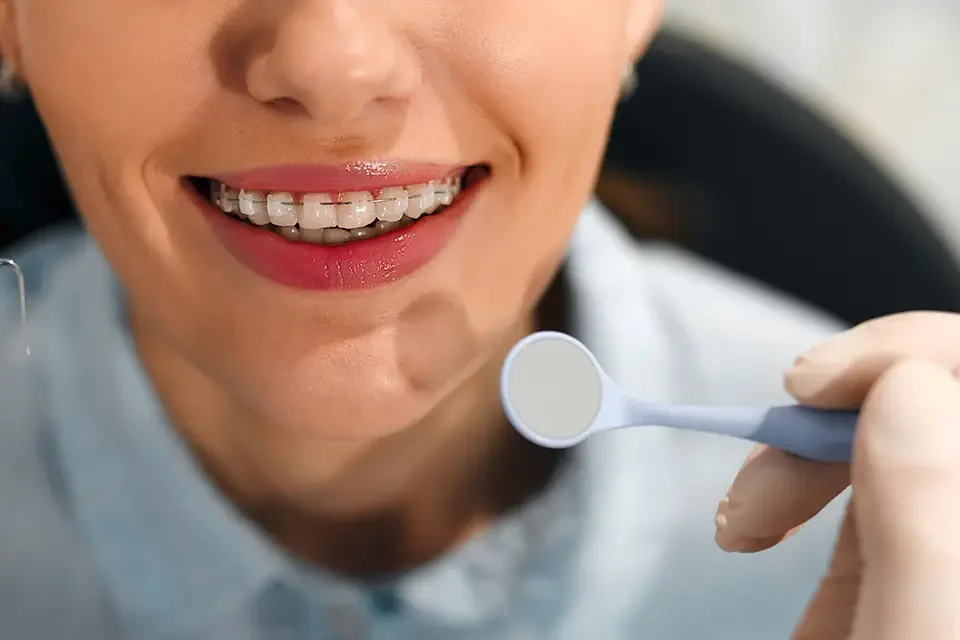
Working with Your Orthodontist
Orthodontists are critical players in the process of securing braces insurance. They can provide the necessary documentation, such as medical reports and treatment plans, to demonstrate the medical necessity for braces. Their expertise and support can significantly enhance your chances of obtaining insurance coverage.
Furthermore, your orthodontist can submit pre-authorization requests to your insurance provider, outlining the treatment plan and its necessity. They can also help appeal denied claims by providing additional evidence and support for your braces insurance.
Alternative Options for Affording Braces
If braces insurance coverage is not an option or is insufficient, there are alternative ways to make braces more affordable. Consider the following options:
- Flexible Spending Accounts (FSAs) and Health Savings Accounts (HSAs): FSAs and HSAs allow you to set aside pre-tax dollars for medical expenses, including orthodontic treatments. In addition, using these accounts can considerably lower the total cost of braces.
- Payment Plans Offered by Orthodontists: Many orthodontists provide payment plans that allow patients to spread the cost of their treatment over months or years. If your braces insurance is limited, this can reduce your financial burden.
- Non-Profit Organizations and Grants: Some non-profit organizations and grants provide financial assistance to those needing orthodontic treatments. Moreover, look into local and national programs that may assist those without braces insurance.
- Dental Schools Offering Discounted Treatments: Dental schools frequently offer orthodontic treatments at a reduced cost. Dental students perform these procedures under the supervision of experienced professionals, providing high-quality care at a lower price. This is particularly advantageous for individuals who don’t have braces insurance.
Final Thoughts
Navigating braces insurance can be challenging, but understanding your options and working closely with your orthodontist can help secure financial support. You can make braces less expensive for yourself or your loved ones by examining your insurance policy, contacting your provider, and looking into alternative funding options. Feel free to ask for help and use all available options to ensure you get the needed orthodontic care.




